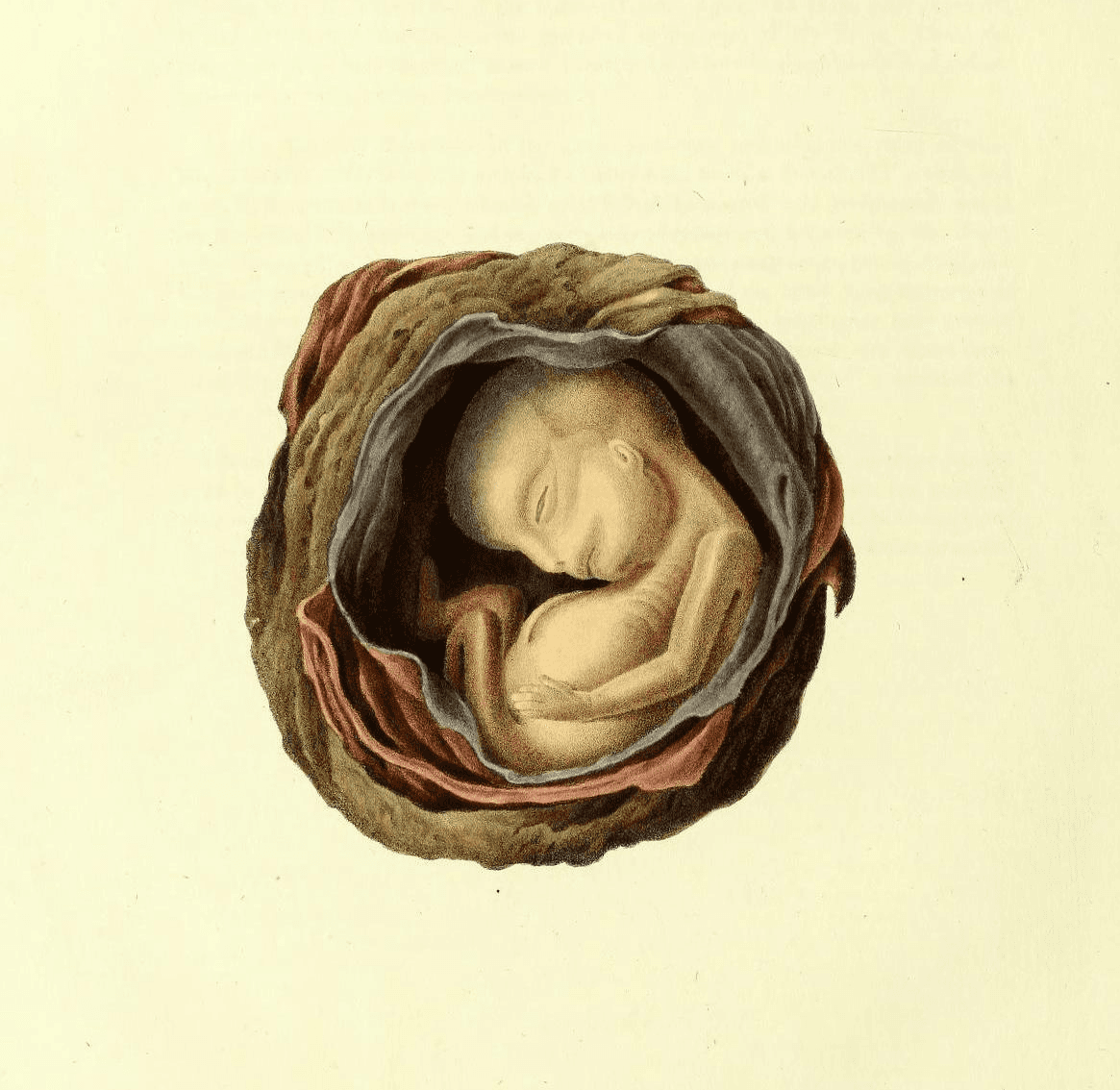Sep 11, 2024
Science News
In recent years, scientific advancements have made human embryo models, or "blastoids," more sophisticated, providing crucial insights into early human development, fertility issues, and potential medical therapies. However, these breakthroughs also raise significant ethical concerns about the nature of these models and their potential applications.
What Are Embryo Models?
Human embryo models are lab-grown structures that mimic key features of early-stage embryos. They are used to study development during the first few weeks after conception, a crucial yet poorly understood phase. Unlike natural embryos, these models are not perfect replicas; they lack certain cell types and have limitations that prevent them from fully developing into a viable organism.
Scientists create these models using stem cells and guide them to develop structures resembling those of human embryos. The goal is to gain insights into embryo formation and solve infertility issues, improve in vitro fertilization (IVF) success rates, and develop safer drug treatments for pregnancy.
Ethical Questions and Regulatory Challenges
As embryo models become more advanced, reaching developmental milestones like early heartbeat simulations, they provoke complex ethical debates. Central concerns include:
What constitutes an embryo? Some countries, like Australia, have stringent regulations treating advanced models as embryos, limiting research possibilities. Other nations, including the UK and Spain, draw distinctions between embryo models and actual embryos, allowing for more research freedom.
Regulating research: Countries vary in how they regulate embryo models, but most agree on prohibiting the transfer of models into a uterus. There's growing concern that rapid advancements might outpace ethical and legal frameworks, necessitating updates to global guidelines.
Ethical dilemmas: Researchers are navigating a fine line between creating realistic models for study and avoiding moral complications, such as unintentionally creating sentient life or models too close to real embryos.
Why It Matters
Embryo models offer unparalleled opportunities to advance reproductive medicine and developmental biology. They could help answer critical questions about why so many natural embryos fail to implant and develop properly. Additionally, these models could be used to test drug safety and improve fertility treatments.
However, the more realistic these models become, the more difficult it is to determine the ethical boundaries. Should research be restricted to prevent the creation of models that closely resemble human embryos? And how do we balance scientific progress with moral responsibilities?
360h.io
360/Health empowers users with real-time insights into their reproductive health, helping them make informed decisions while staying up-to-date on the latest advancements in fertility and embryo research. Stay in control of your health journey with 360/Health.
References
Read the full article here
Warmflash, A., Sorre, B., Etoc, F., Siggia, E. D. & Brivanlou, A. H. A method to study embryonic development using micropatterned cell culture. Nature Methods 11, 847–854 (2014). https://doi.org/10.1038/nmeth.3016
Moris, N., Anlas, K., van den Brink, S. C., Alemany, A., Schröder, J., Ghimire, S. & Martinez Arias, A. Transient developmental arrest in gastrulation mediates neural crest specification and migration. Nature 582, 410–415 (2020). https://doi.org/10.1038/s41586-020-2249-8
Yu, L., Wei, Y., Duan, W., Ding, S. & Jin, Y. Blastoids generated from human pluripotent stem cells resemble blastocysts in the post-implantation stage. Nature 591, 620–626 (2021). https://doi.org/10.1038/s41586-021-03356-3
Liu, X., Wang, Y., Chen, C. & Gao, Y. Creation of human blastoids via reprogramming of somatic cells. Nature 591, 627–632 (2021). https://doi.org/10.1038/s41586-021-03357-2
Abdul Mazid, M., Lu, J., Li, Z. & Yang, H. A highly efficient gene-editing system for rapid creation of cell-based embryo models. Nature 605, 315–324 (2022). https://doi.org/10.1038/s41586-022-04718-9
Li, S., Li, R., Song, X. et al. Stem cell-based embryo models reveal early mammalian development dynamics. Cell 187, 3284–3302 (2024). https://doi.org/10.1016/j.cell.2024.08.018
Weatherbee, B. A. T., Zhou, T., Bennett, K. & Li, J. Ablation of a specific gene in mouse models reveals insights into organogenesis. Nature 622, 584–593 (2023). https://doi.org/10.1038/s41586-023-04134-5
Oldak, B., Lee, S. & Kim, Y. Mechanisms of early embryo development through self-organization of stem cells. Nature 622, 562–573 (2023). https://doi.org/10.1038/s41586-023-04133-6
Sun, S. et al. Self-organizing human stem cell models reveal early embryo dynamics. Preprint at bioRxiv (2024). https://doi.org/10.1101/2024.08.05.606556
Hislop, J., Zhang, X., Liu, T. et al. Neural and placental interactions in early human embryo models. Nature 626, 367–376 (2024). https://doi.org/10.1038/s41586-023-04567-9
Miao, Y., Zhang, X. & Gao, L. Advances in human embryo modeling: Development and limitations. Nature 614, 500–508 (2023). https://doi.org/10.1038/s41586-023-04566-8
Xue, X., Wang, R., Sun, H. et al. Modeling human embryogenesis using blastoids. Nature 628, 391–399 (2024). https://doi.org/10.1038/s41586-023-04645-9
Li, J., Lee, Y., & Zeng, X. Insights into early embryonic development from stem-cell models. Cell Stem Cell 30, 362–377 (2023). https://doi.org/10.1016/j.stem.2023.05.017
